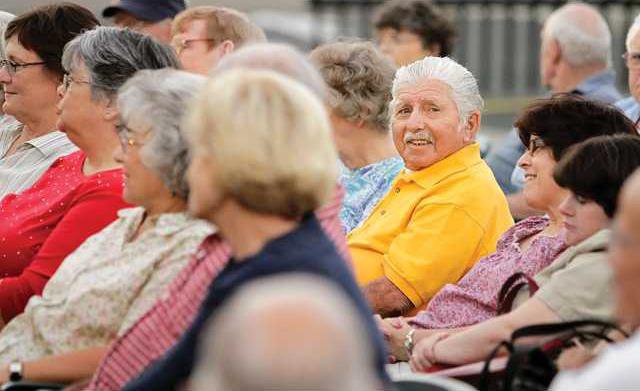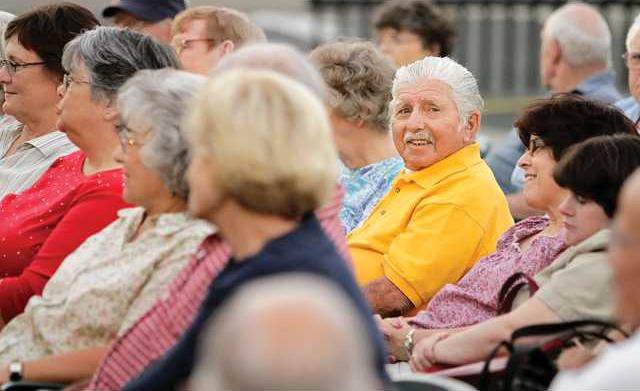Mary Gomes Del Pino loves researching her Portuguese family history.
And on Thursday, she gave members of the Manteca Historical Society an inside glimpse into the information that she’s gathered after years of research into not only her genealogy but the history of Portuguese settlers in America in general.
“I love everything that I learn when I start to research more and more into this part of history,” said Del Pino. “I just love it, and I love sharing it with others. It’s just a lot of fun.”
According to what Del Pino has discovered about the immigration patterns of Portuguese people, early migration started to America as early as the late 1600s on whaling ships that would make voyages across the Atlantic for whaling excursions along the New England coast.
Those that jumped ship in the New World quickly settled in and sent word back home about the opportunities that these new colonies – which were just starting to blossom – presented.
When the 1800s rolled around and the Gold Rush started, the first wave of immigrants started making the trek to America to the New World, and colonization had begun on both coasts.
The trip down memory lane brought back a lot of things for longtime Manteca resident and fellow full-blooded Portuguese Earl Pimentel. He traced back his lineage to ancestors that came across on boats to the San Francisco Bay Area without knowing a single word of English. They wore a note on their shirts telling people where they needed to go and who they needed to find.
“I spoke Portuguese at home growing up, and I can still read and write it even though the speaking part has kind of gone away,” Pimentel said after giving a description of his family’s roots in the East Bay Area. “I’m proud of my heritage.”
And of course there was talk about the Portuguese influence in the San Joaquin Valley from farmers that emigrated from the Azores and starting doing what it was they knew when they got to America – growing crops and milking cows.
With such a huge part of Manteca’s history built on the dairy trade and the once-bustling Manteca creamery, Del Pino said it’s somewhat disheartening to see some of the longtime Portuguese dairies drying up.
But it’s digging into that history, and finding out everything that she can – offering both a Portuguese history and language class at the Manteca Senior Center – that really gives the Sierra High teacher the satisfaction that she so thoroughly enjoys.
“It’s such an enriching hobby to learn about my family and their roots. I have my father’s passport from when he came to this country, and the marriage certificates and the letters from the consulate that my parents needed to bring their parents over,” she said. “It tells a story, and that’s very special to me.”
PORTUGAL TO MANTECA
Tracking roots of immigration to America





